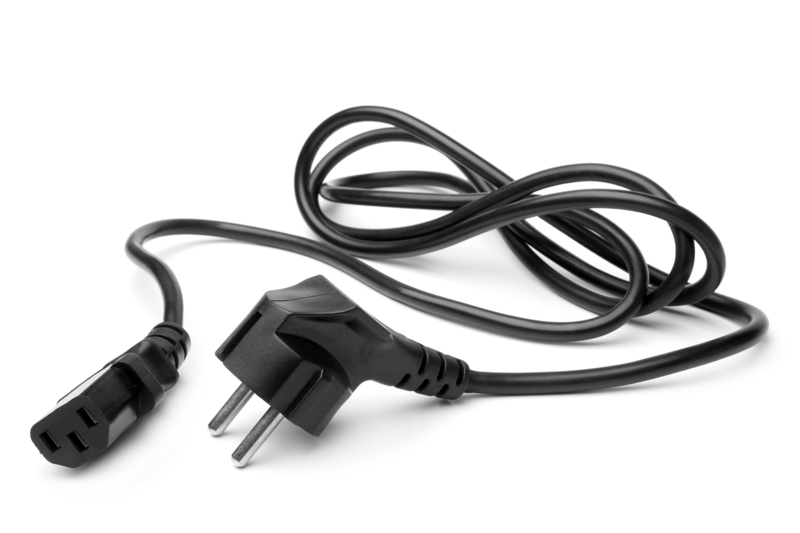Keeping Your Greenery Happy and Healthy During a Move: Essential Tips for Moving House Plants
Posted on 29/10/2024
Moving can be a stressful and chaotic time, especially when it comes to relocating your beloved house plants. These green beauties not only add life and color to your home, but they also have a positive impact on your mental and physical wellbeing. Therefore, it is crucial to take special care of them during a move to ensure they thrive in their new environment. In this article, we will discuss essential tips for moving house plants to keep them happy and healthy.
1. Plan Ahead
Before you start packing up your belongings, it's important to plan ahead for your house plants. Consider which plants you want to take with you and which ones you may need to find new homes for. Research the conditions of your new location, such as temperature, humidity levels, and sunlight exposure, to determine if your plants will thrive there.

2. Prune and Repot in Advance
A few weeks before the move, prune any dead or damaged leaves and repot your plants if necessary. This will help reduce the size and weight of the plants making them easier to transport. It also gives them time to adapt to their new pots before the move.
3. Choose the Right Containers for Transporting
Using sturdy boxes or plastic containers with lids are great options for transporting your house plants. Make sure the containers have enough space for the plant and its soil, while also being secure enough to prevent damage during transportation.
4. Pack Properly
When packing your house plants, make sure they are adequately supported by filling any empty spaces in the container with packing paper or bubble wrap. This will prevent them from shifting or tipping over during transport. If possible, try to keep the plants upright to avoid damaging their leaves or stems.
5. Time Your Move Strategically
Avoid moving your plants during extreme weather conditions such as hot summer days or freezing winter temperatures. Instead, choose a mild day with moderate temperatures for safe transportation.
6. Protect Sensitive Plants
If you have delicate or sensitive plants, such as orchids or succulents, it's best to wrap them in newspaper or bubble wrap to protect their leaves and stems. You can also use skewers to keep the leaves from touching the packaging and getting damaged.
7. Keep Them Hydrated
It's essential to keep your house plants hydrated during the move. Water them thoroughly a day or two before the move and then once again on the moving day. Avoid overwatering as it may increase the weight of the containers and make them difficult to transport.
8. Handle with Care
Taking extra precautions while handling your house plants during the move is crucial. Lift them from the bottom of the container and avoid holding onto delicate foliage or stems. It's best to handle larger and heavier plants with a dolly or by having someone assist you.

9. Transport Them Safely
When transporting your house plants in a vehicle, make sure they are placed in an area where they won't be damaged by other items or fall over. You can also put towels or blankets around them for extra cushioning.
10. Unpack and Reacclimate
Once you arrive at your new home, unpack your plants as soon as possible and place them in their designated spots. Give them some time to adjust to their new surroundings and climate before watering them again.
Pros:
- Moving house plants can add life and color to your new home.
- House plants have various benefits for your mental and physical health.
- Planning ahead and taking proper care during transportation can ensure healthy and happy plants in their new environment.
Cons:
- Moving house plants can be a time-consuming process.
- Some plants may not adapt well to their new location despite proper care during transport.
- There is always a risk of damage or loss during transportation.
Tips:
- If possible, take cuttings of your house plants instead of transporting the whole plant.
- Consult with a professional or research online to learn about specific care needs for different types of plants during reacclimation.
- Consider hiring professional movers who specialize in transporting house plants.
Takeaways:
- Planning, preparation, and proper care are essential for safely moving house plants.
- Timing and handling are crucial factors in keeping your plants healthy during transport.
- Repotting and pruning before the move can make transportation easier and healthier for your plants.
Conclusion:
Relocating your house plants may seem like a daunting task, but with the right approach, it can be done successfully. By following these essential tips, you can ensure your greenery remains happy and healthy during the move. Remember to plan ahead, pack properly, handle with care, and give them time to adjust to their new home. Your efforts will be rewarded with thriving and beautiful house plants in your new living space.














